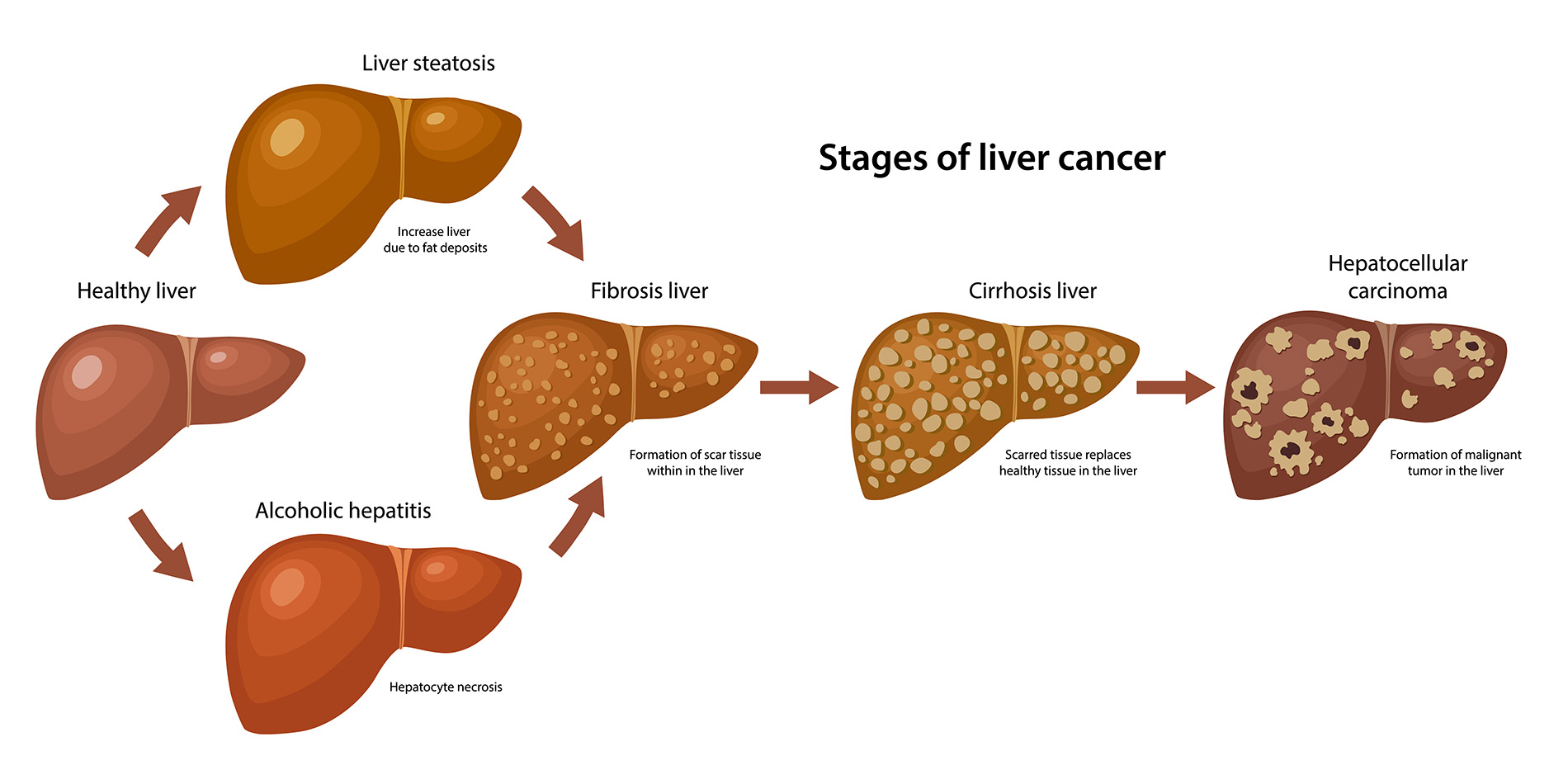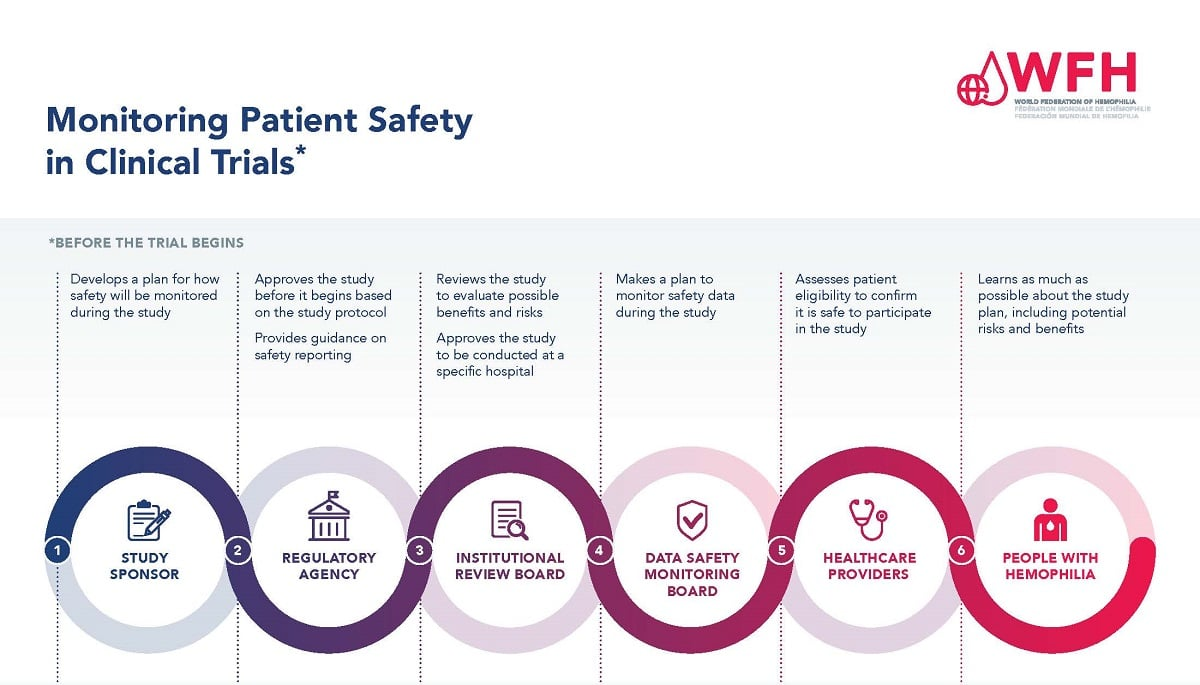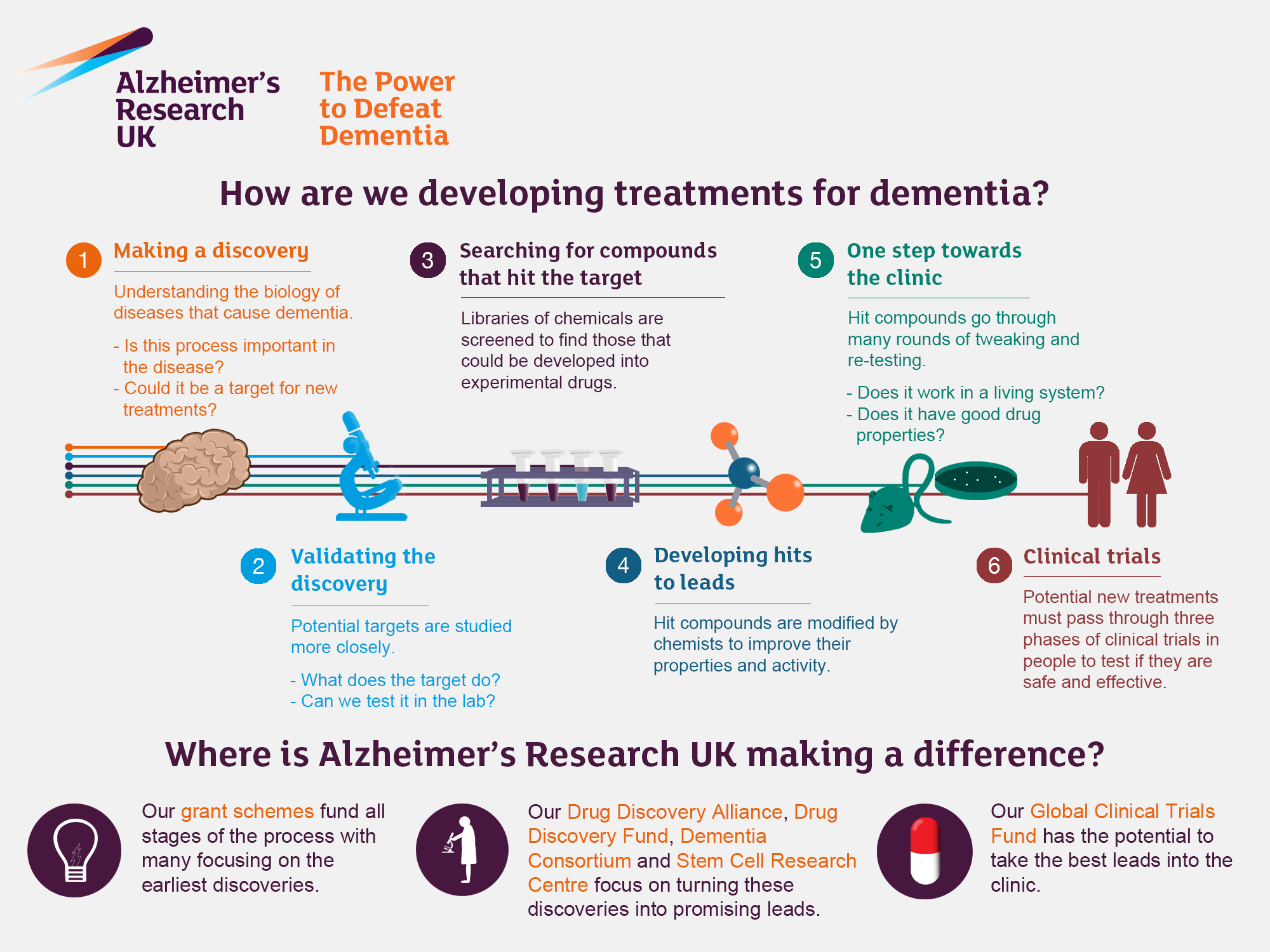The smoking cessation pill for vaping, known as varenicline, has emerged as a beacon of hope in the fight against nicotine addiction among teens and young adults. Research from Mass General Brigham reveals that participants aged 16 to 25 who utilized this FDA-approved treatment were over three times more likely to successfully quit vaping compared to those who only received placebo and behavioral counseling. This breakthrough highlights the urgent need for effective vaping cessation solutions, especially as vaping continues to rise among youth demographics. With nicotine addiction treatment options like varenicline, individuals can engage in a medically supported pathway to overcome their dependence on vaping. The evidence is clear: addressing the vaping epidemic requires innovative approaches like varenicline to help youth reclaim their health and future.
Often referred to as nicotine replacement therapy, the varenicline treatment for quitting vaping has gained traction as a vital resource in addressing the vaping crisis among adolescents. This innovative approach not only aids in breaking the cycle of addiction but also supports behavioral modifications by providing a dual-action strategy for success. As a medically endorsed solution, this treatment is specifically designed for younger populations, offering a lifeline in an age where vaping habits are alarmingly common. The emphasis on FDA-approved options means that safety and efficacy are top priorities, ensuring that those struggling with vaping cessation can trust in their recovery journey. Ultimately, alternative terms like nicotine cessation pills and smoking dependence medication are all part of the broader narrative focused on eliminating vaping from youth culture.
FDA-Approved Smoking Cessation Pill for Vaping: Varenicline’s Role
Varenicline, an FDA-approved smoking cessation pill traditionally used for adults, has attracted attention for its effectiveness in helping adolescents and young adults break free from the vaping habit. A recent clinical study revealed that those aged 16 to 25 who took this medication were three times more likely to quit vaping than their counterparts who received a placebo. This marks a significant step forward, especially as vaping continues to rise among teens, introducing them to nicotine addiction at an early age.
The findings are particularly crucial considering the alarming rates of vaping among youth. In 2023, statistics showed that approximately 25% of 18-to-25-year-olds engaged in vaping, while 8% of high school students followed suit by 2024. By prescribing varenicline to younger populations, healthcare providers can not only offer a scientifically-backed method for vaping cessation but also address the broader public health issue of early nicotine use and its future ramifications.
The Importance of Vaping Cessation for Youth
Vaping has become a pressing concern among adolescents; its popularity is largely due to factors like discreet usage and appealing flavors. However, these seemingly harmless characteristics hide significant health risks, including nicotine addiction and exposure to harmful substances. Effective vaping cessation strategies, such as utilizing varenicline, are essential to equip youth with the means to resist dependency on these devices and foster long-term health.
Moreover, the findings from the clinical trial underscore the critical need for tailored interventions for younger individuals. Adolescents not only face unique challenges compared to adults in their quitting journey but are also more vulnerable to the addictive properties of nicotine. Employing FDA-approved treatments like varenicline, alongside behavioral counseling, enhances their chances of successfully quitting and ultimately contributes to reversing the trend of increasing vape usage among youth.
Exploring Nicotine Addiction Treatment Options
Combatting nicotine addiction in young people requires a multifaceted approach, and varenicline is proving to be a promising option. The research indicates that behavioral counseling combined with the medication significantly improves quitting rates. As society grapples with the epidemic of youth vaping, it is vital to explore comprehensive treatment plans that address the physical, psychological, and social aspects of addiction.
Research findings advocate for ongoing investigations into alternative therapeutic approaches and support systems. Expanding the understanding of nicotine addiction treatment can lead to the development of more effective methods for young vapers. This holistic approach will not only improve quit rates but also provide a supportive environment that encourages youth to break free from the cycle of addiction.
Long-Term Benefits of Quitting Vaping
The long-term benefits of quitting vaping extend beyond mere cessation; they encompass improved overall health, mental clarity, and enhanced quality of life. Young people who successfully quit vaping with the help of varenicline not only reduce their risk for nicotine-related illnesses but also set a precedent for healthier lifestyle choices. Successful cessation also contributes to a valuable environment where adolescents can support each other in leading nicotine-free lives.
Furthermore, quitting vaping at a young age often leads to reduced chances of transitioning to other harmful substances in the future. By breaking the cycle of addiction early on, individuals may avoid facing the same struggles associated with traditional smoking or harder drugs later in life. As such, the adoption of varenicline as a critical component of vaping cessation could have lasting impacts, fostering a healthier generation.
Behavioral Counseling and Its Synergy with Medication
Behavioral counseling plays a pivotal role in the process of quitting nicotine, especially when paired with pharmacotherapy like varenicline. While the medication addresses the physiological aspects of addiction, counseling works on the psychological and contextual factors that contribute to vaping behaviors. Together, they create a powerful synergy that not only fosters a higher quitting success rate but also equips young individuals with coping mechanisms for future temptations.
The combination of medication with behavioral support services, such as text support, illustrates a modern approach to nicotine addiction treatment. These strategies provide continual encouragement and resources during the quitting process, making the journey less daunting. By optimizing support systems, healthcare professionals can enhance the effectiveness of nicotine addiction treatments, thus supporting youth in creating lasting positive changes.
Future Research Directions in Vaping Cessation
Continued research into vaping cessation is vital as the landscape of nicotine use evolves. The promising results from the study on varenicline suggest that further exploration of this and similar medications could unveil additional insights into effective treatment options for youth. Understanding the nuances of how different age groups respond to various cessation methods will allow for more personalized care in combating nicotine addiction.
Moreover, investigating alternative therapies, community programs, and educational initiatives will also be crucial. As the public health community explores innovative ways to curb the vaping epidemic among adolescents, integrating feedback from youth and tailoring messages and interventions accordingly will be essential in promoting healthier behaviors and reducing nicotine dependence.
Addressing the Public Health Crisis of Vaping
The rise in vaping among young people presents a pressing public health crisis that necessitates immediate action and comprehensive strategies. Understanding the addictive nature of nicotine and the appeal of vaping among adolescents is critical to developing effective interventions. As the findings from recent studies highlight the efficacy of medications like varenicline, the integration of these solutions into public health policies can pave the way for more effective vaping cessation programs.
Moreover, addressing this crisis also requires broader societal conversations around preventive measures, including education on the risks associated with vaping and nicotine exposure. By prioritizing awareness campaigns and providing robust resources for quitting, communities can take significant strides toward reducing vaping rates and promoting healthier lifestyles for future generations. The collaborative efforts of healthcare providers, educators, parents, and policymakers will be fundamental in tackling this escalating issue.
Educational Outreach: Raising Awareness on Vaping Risks
Raising awareness about the risks of vaping is essential in combating its popularity among youth. Educational outreach programs targeting adolescents can illuminate the dangers of nicotine addiction, the health threats posed by e-cigarettes, and the available resources for quitting. By equipping young people with knowledge about the consequences of their choices, we empower them to make informed decisions about their health.
Incorporating personal stories and testimonials into educational materials can also resonate with adolescents, making the information not only digestible but impactful. Engaging discussions around nicotine addiction, supported by evidence from studies like those on varenicline, can foster an environment where young people feel supported in their journey toward vaping cessation, mitigating the allure of these harmful devices.
Support Systems in the Journey to Quit Vaping
Establishing robust support systems is crucial for adolescents trying to quit vaping. The combination of medication and behavioral counseling provides a safety net, but peer support and community resources can further enhance quitting success rates. Programs like ‘This is Quitting’ offer young people the opportunity to connect with others facing similar challenges, fostering a sense of belonging and motivation to quit.
Additionally, involving family members in the process can create a more supportive environment. Educating parents and guardians about nicotine addiction and the effects of vaping can empower them to provide stronger support for teens attempting to quit. By creating a comprehensive network of support, we can increase the likelihood of success in overcoming vaping addiction.
Frequently Asked Questions
What is the smoking cessation pill for vaping and how does it work?
The smoking cessation pill for vaping, known as varenicline, is an FDA-approved medication designed to help individuals quit nicotine products, including vaping. It works by targeting nicotine receptors in the brain, reducing cravings and withdrawal symptoms. This helps teens and young adults significantly increase their chances of quitting compared to those who utilize only behavioral counseling.
Is varenicline safe for young adults looking for vaping cessation?
Yes, varenicline is considered safe for young adults aged 16 to 25 who are trying to quit vaping. Clinical studies have shown that it effectively helps this age group cease nicotine use without increasing the likelihood of switching to cigarettes.
How effective is the FDA-approved smoking cessation pill for vaping in helping teens quit?
Clinical trials have demonstrated that the FDA-approved smoking cessation pill for vaping, varenicline, is highly effective. For instance, in a study involving participants aged 16 to 25, over 51% of those using varenicline successfully quit vaping within 12 weeks, compared to only 14% of those taking a placebo.
Can teenagers use varenicline for vaping cessation?
Yes, teenagers aged 16 and older can use varenicline as a vaping cessation aid. The medication is FDA-approved for adults but has been found safe and effective for younger users aiming to overcome nicotine addiction from vaping.
What are the alternatives to varenicline for nicotine addiction treatment in teens?
While varenicline has shown significant success in vaping cessation, alternative nicotine addiction treatments for teens include behavioral counseling, support groups, and nicotine replacement therapies (NRT). However, varenicline is noted to provide a higher success rate compared to these alternatives.
How does varenicline compare to behavioral counseling in terms of quitting vaping?
Varenicline demonstrated superior results compared to behavioral counseling alone. In studies, those taking varenicline were three times more likely to successfully quit vaping than those receiving only behavioral therapy.
What does the research say about the long-term effects of varenicline on young vapers?
Research indicates that varenicline not only aids in quitting vaping but does so safely without leading participants to revert to cigarette smoking. Long-term studies are suggested to further understand its impact on young individuals burdened by nicotine addiction.
What support is available alongside varenicline for vaping cessation?
Participants using varenicline for vaping cessation often have access to additional support such as weekly behavioral counseling and text support services, like ‘This is Quitting’, which provide ongoing encouragement and resources during their quitting journey.
| Key Points | Details |
|---|---|
| FDA-Approved Pill | Varenicline is approved for adult smoking cessation and effective against vaping. |
| Target Population | Study focused on teens and young adults aged 16 to 25. |
| Clinical Trial Results | Participants using varenicline had higher quitting success: 51% at 12 weeks vs. 14% placebo. |
| Safety of Treatment | No participants switched from vaping to smoking cigarettes during the study. |
| Importance of Findings | Varenicline is crucial in addressing nicotine addiction among youth. |
Summary
The smoking cessation pill for vaping, varenicline, has shown significant effectiveness for teens and young adults seeking to quit nicotine. Research indicates that this treatment can increase the success rate of cessation compared to behavioral therapies alone. With the alarming rise in vaping among youths, safe and effective medications like varenicline offer a viable solution to address nicotine addiction in this vulnerable demographic. This study not only highlights varenicline’s efficacy but also its safety, marking it as a critical tool in public health efforts to combat teen vaping.



